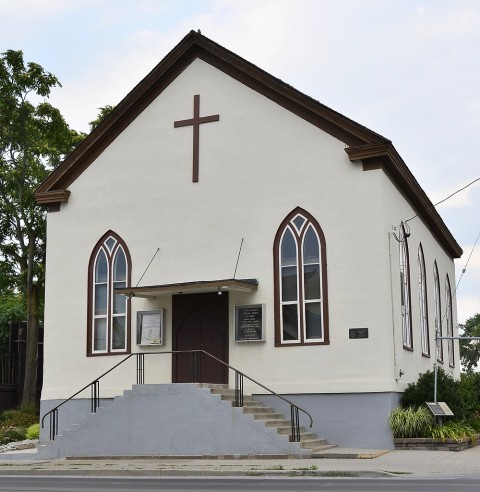Harriet Tubman’s Canadian church seeks help for repairs
Visitors provide income for the congregation, but it needs further funds to address its shifting foundation.

A century and a half ago, a new Canadian church gave fleeing slaves a place to worship. Now the sanctuary that welcomed Underground Railroad conductor Harriet Tubman and other escapees needs help itself.
The dwindling membership of Salem Chapel, a British Methodist Episcopal church just north of Niagara Falls, has started a crowdsourcing campaign in hopes of raising $100,000 (the equivalent of $77,486 in U.S. currency).
The congregation wants to shore up the building, which is in an area where heavy traffic has contributed to its shifting foundation.




